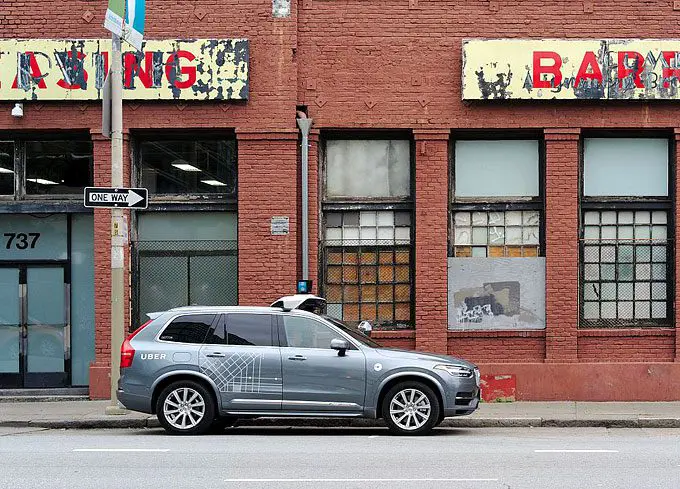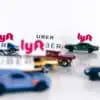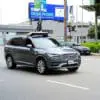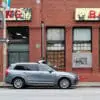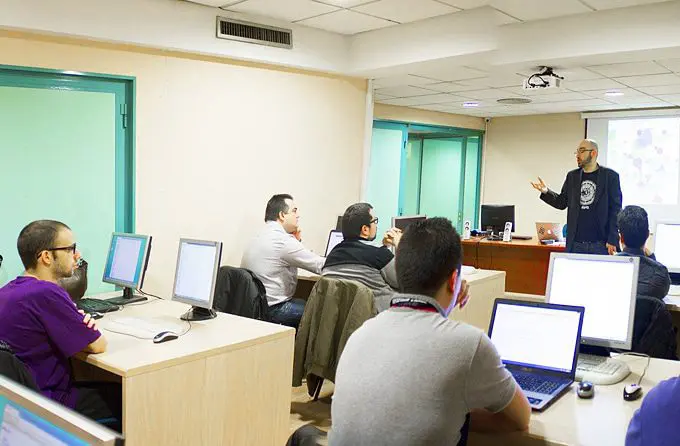Self driving Ubers return to Pittsburgh streets, but they won’t drive themselves – words Al Woods
Autonomous or self driving cars have been promoted for years as a safe and convenient alternative to manually driven car.
Tech companies like Uber, Tesla and Google have joined traditional motor manufacturers to usher in the revolution. Google autonomous vehicles have driven for 1.8 million miles and have only been involved in 13 minor incidents, none of which were the car’s fault.
However, you may not have seen these vehicles for yourself. This is because Uber removed all its self-driving cars from public roads and have only just announced their return in Pittsburgh, Pennsylvania. Even now, they will have a human operator. So what caused this slow down in progress and what is the future for vehicle technology?
Why Were Self Driving Ubers Removed?
In March 2018, a 49 year old pedestrian was hit and killed by one of Uber’s autonomous vehicles. This was a huge news story at the time and did enormous damage to the reputation of both Uber and self-driving vehicles generally. In response, Uber shut down all operations in this area. However, it is important to note that this was the first, and so far only, incident of a pedestrian being fatally injured by a self-driving car. To put it into context, human drivers kill an average of 16 pedestrians every day.
A Slowed Down, Safety Focused Approach
The value of a vehicle is dependent on a number of factors. A Mustang may appeal due to its aesthetics alone, while a Tesla might be desired because it can do 0-60mph in 2.3 seconds, but a driver will not enter a car if they do not believe it to be 100% safe. The media outcry following the death of a pedestrian has caused Uber to rethink its strategy. Rather than trying to be quicker than rivals, Uber is dedicated to safety.
Head of Uber’s advanced technology department, Eric Meyhofer, stated that the self-driving program had undergone a “top-to-bottom review” with a “focus on safety.” This means that the self-driving cars on the roads of Pittsburgh will have two specialists in the vehicle instead of one and they will be driven manually. Since the occupant of the vehicle involved in the fatal crash was reported to be distracted by his phone, Uber will be retraining drivers and limiting in car distractions.
What Does This Mean For the Future of Automation?
Self-driving cars are still on the way, but perhaps at a slower rate. The manually driven vehicles in Pittsburgh will provide important data about real world conditions to Uber technicians. They will then put this data into simulations to make the self-driving technology more accurate.
The removal of Uber self driving cars seemed like a backward step to many fans of full automation. However, now they have returned safer than ever. With any new technology, baby steps must be made to prevent any more tragedies from occuring. Eventually, though, the arrival of self-driving vehicles will inevitably arrive, offering a new option to consumers.
Self driving Ubers return to Pittsburgh streets, but they won’t drive themselves – words Al Woods

